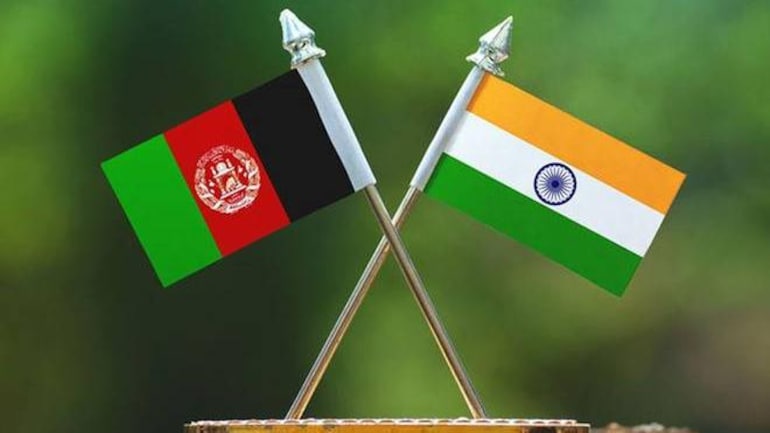Free Courses Sale ends Soon, Get It Now


Free Courses Sale ends Soon, Get It Now



Copyright infringement is not intended
Context: Special envoys for Afghanistan from China, the United States and Russia, a group known as the the “Extended Troika,” will convene separately from the foreign ministers of China, Russia, Pakistan, Iran, Tajikistan, Turkmenistan and Uzbekistan.
Why Afghanistan matters to India?
India’s development assistance:
Bilateral trade is now worth $1 billion. No part of Afghanistan today is untouched by the 400-plus projects that India has undertaken in all 34 of Afghanistan’s provinces. The fate of these projects is now up in the air.
Culture Relations: The two Governments came together to establish an India-Afghanistan Foundation (IAF) in 2007. IAF is a trust fund which finances projects aimed at fostering India-Afghanistan relations through enhancement of economic, scientific, educational, technical as well as cultural cooperation.
Sports Cooperation: India and Afghanistan have robust relations in the field of sports. Since 2011, Afghanistan Under-14 & Under-17 Boys and Under-17 Girls football teams have been participating in the Subroto Cup International Tournament organised every year by the India Air Force.
India’s major project in Afghanistan:
SALMA DAM: The hydropower and irrigation project, completed against many odds and inaugurated in 2016, is known as the Afghan-India Friendship Dam. The Taliban claim the area around the dam is now under their control.
ZARANJ-DELARAM HIGHWAY: The other high-profile project was the 218-km Zaranj-Delaram highway built by the Border Roads Organisation. Zaranj is located close to Afghanistan’s border with Iran. With Pakistan denying India overland access for trade with Afghanistan, the highway is of strategic importance to New Delhi, as it provides an alternative route into landlocked Afghanistan through Iran’s Chabahar port.
PARLIAMENT: The Afghan Parliament in Kabul was built by India at $90 million. A block in the building is named after former PM AB Vajpayee.
STOR PALACE: In 2016, Afghan President Ashraf Ghani and Prime Minister Modi inaugurated the restored Stor Palace in Kabul, originally built in the late 19th century. In 2009, India, Afghanistan, and the Aga Khan Development Network signed a tripartite agreement for its restoration. The Aga Khan Trust for Culture completed the project between 2013 and 2016.
POWER INFRA: Other Indian projects in Afghanistan include the rebuilding of power infrastructure such as the 220kV DC transmission line from Pul-e-Khumri, capital of Baghlan province to the north of Kabul, to beef up electricity supply to the capital. Indian contractors and workers also restored telecommunications infrastructure in many provinces.
HEALTH INFRA: India has reconstructed a children’s hospital it had helped build in Kabul in 1972 —named Indira Gandhi Institute for Child Health in 1985 — that was in a shambles after the war. ‘Indian Medical Missions’ have held free consultation camps in several areas. Thousands who lost their limbs after stepping on mines left over from the war have been fitted with the Jaipur Foot. India has also built clinics in the border provinces of Badakhshan, Balkh, Kandahar, Khost, Kunar, Nangarhar, Nimruz, Nooristan, Paktia and Paktika.
TRANSPORTATION: According to the MEA, India gifted 400 buses and 200 mini-buses for urban transportation, 105 utility vehicles for municipalities, 285 military vehicles for the Afghan National Army, and 10 ambulances for public hospitals in five cities. It also gave three Air India aircraft to Ariana, the Afghan national carrier, when it was restarting operations.
OTHER PROJECTS: India has contributed desks and benches for schools, and built solar panels in remote villages, and Sulabh toilet blocks in Kabul. New Delhi has also played a role in building capacity, with vocational training institutes, scholarships to Afghan students, mentoring programmes in the civil service, and training for doctors and others.
ONGOING PROJECTS: India had concluded with Afghanistan an agreement for the construction of the Shatoot Dam in Kabul district, which would provide safe drinking water to 2 million residents.
https://indianexpress.com/article/world/china-shows-afghanistan-ambitions-at-multinational-meetings-7845767/
© 2024 iasgyan. All right reserved